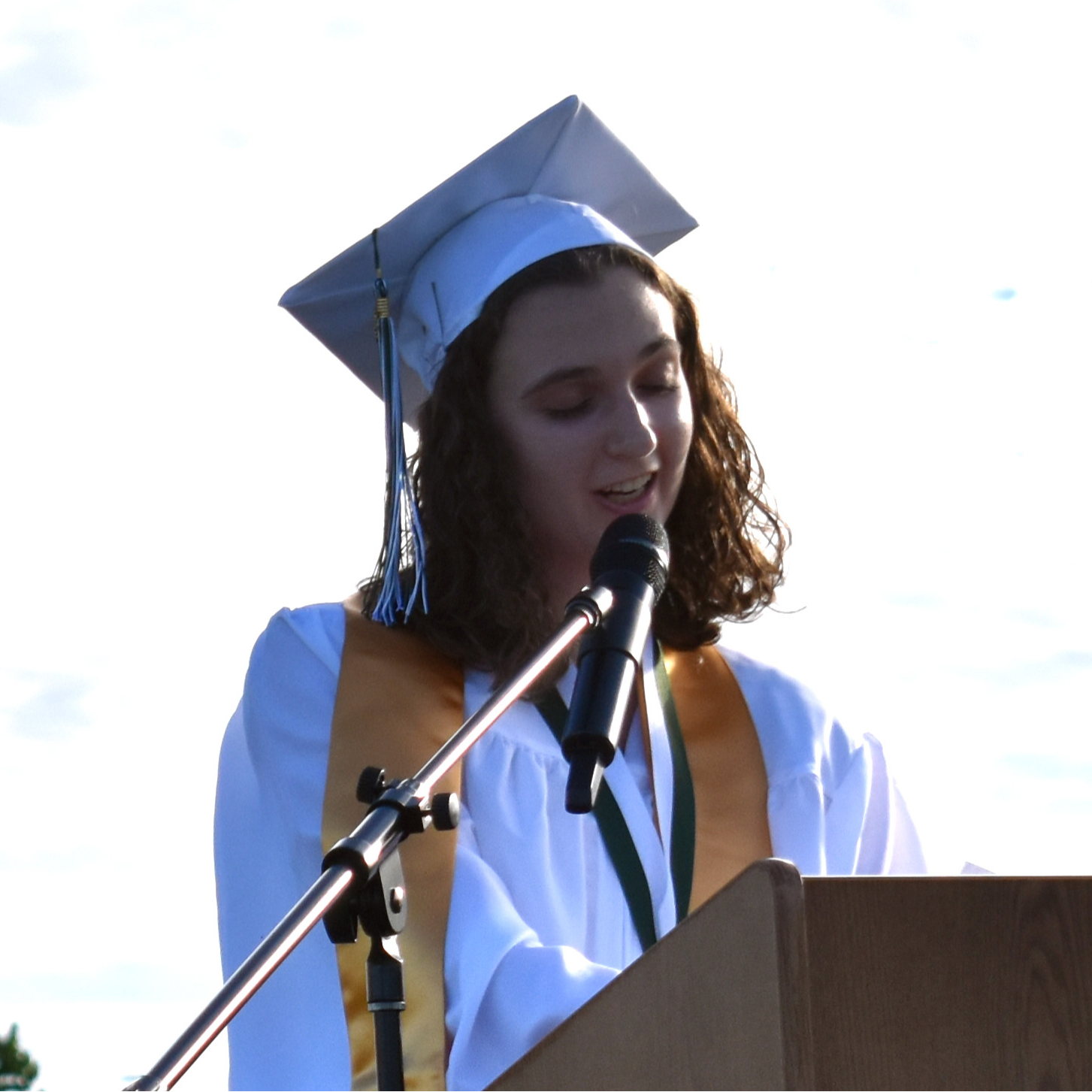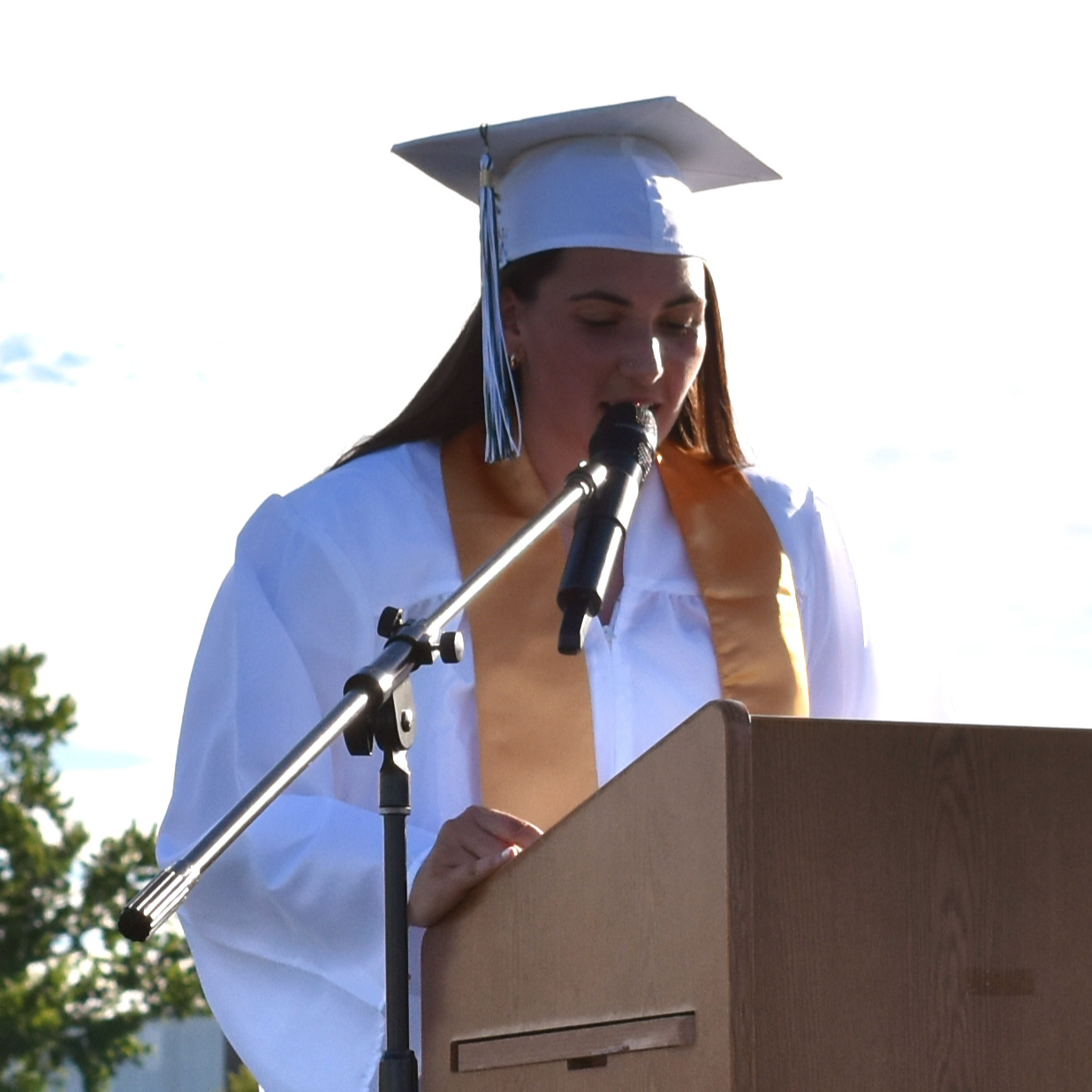
End of Gallery

Spotlight

“Take this chance. Reinvent yourself. The ability to grow is always in your hands as there are always more opportunities and passions to discover about yourself.”
Ethan Hidalgo, Class of 2024 valedictorian

"Remember Minisink fondly; use that good, those memories, and that love and support you felt to overcome any obstacles that dare face you.”
Olivia Loeven, Class of 2024 salutatorian

“Whether you are going to college, enlisting in the military, going to trade school, or going straight into the workforce, we now all have tool boxes full of the lessons and skills we need to succeed in the future.”
Lily Rodriguez, Class of 2024 president
